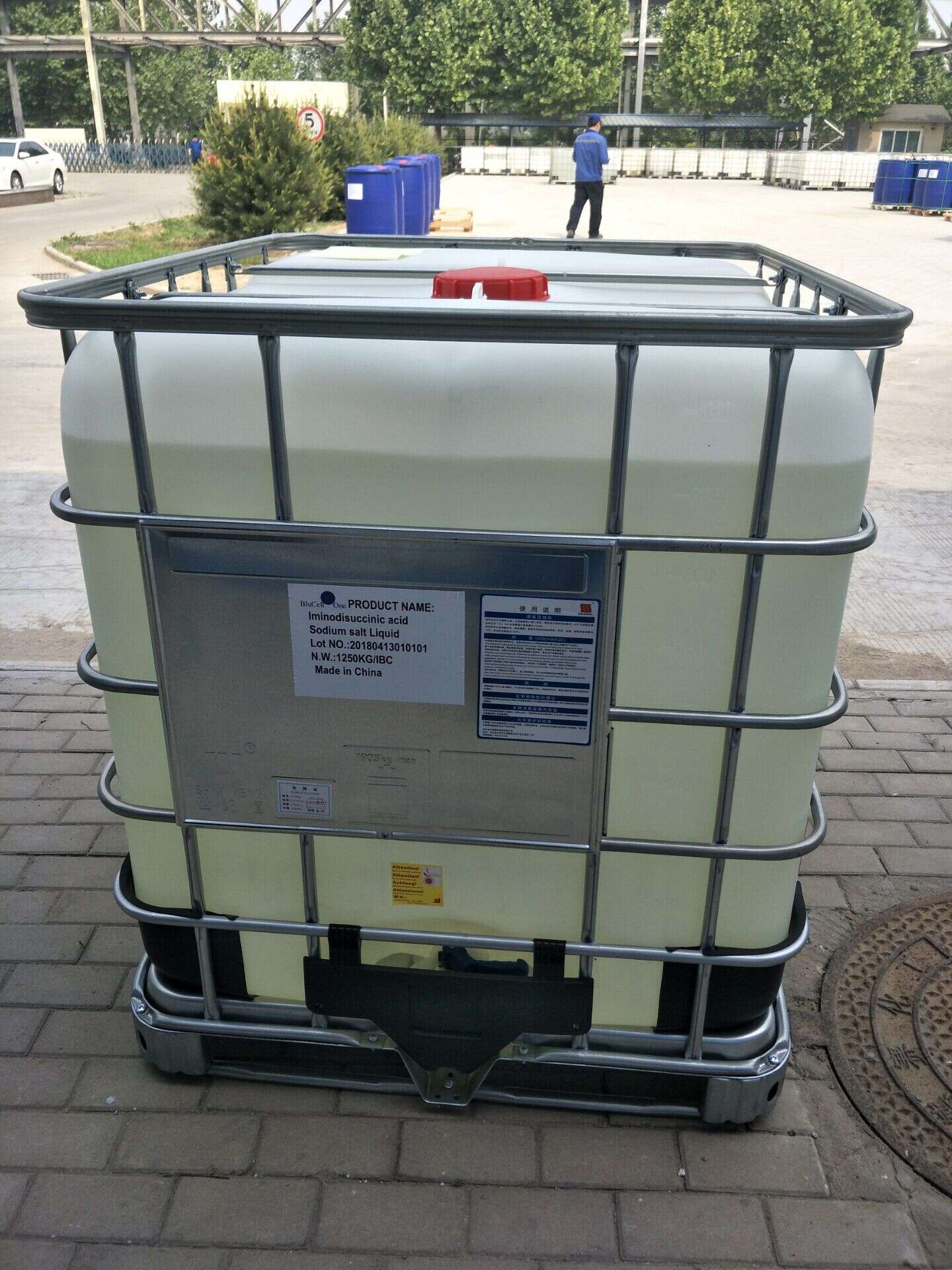-
Categories
-
Pharmaceutical Intermediates
-
Active Pharmaceutical Ingredients
-
Food Additives
- Industrial Coatings
- Agrochemicals
- Dyes and Pigments
- Surfactant
- Flavors and Fragrances
- Chemical Reagents
- Catalyst and Auxiliary
- Natural Products
- Inorganic Chemistry
-
Organic Chemistry
-
Biochemical Engineering
- Analytical Chemistry
-
Cosmetic Ingredient
- Water Treatment Chemical
-
Pharmaceutical Intermediates
Promotion
ECHEMI Mall
Wholesale
Weekly Price
Exhibition
News
-
Trade Service
Spain's plan to install floating wind turbines in deep water off its coast that could generate 1 to 3 gigawatts
by 2030, Spain's energy and environment ministry said on Wednesday.
As part of the world's move away from carbon-emitting fossil fuels, the Spanish government and companies are looking for new ways to generate electricity
from renewable sources such as wind and solar.
Spain has one of the world's largest onshore wind fleets, but its coastal waters are too deep to install turbines, allowing greater wind speeds and extra space
to be developed offshore in the UK and some other countries.
The cost of building floating wind farms is higher than that of stationary wind farms that cannot be used in waters deeper than 50 meters, and Spain will provide up to 200 million euros in research and development funding
.
The proposals will be open for public comment
next month.
Nationwide, Spain said port infrastructure will require 500 million to 1 billion euros of investment to support such projects, which in the pilot phase include assembling most of the components on land and transporting them to sea
.
Local wind energy giant Iberdrola said it would spend 1 billion euros to build a floating wind farm in Spain if it received support from the European Coronavirus Recovery Fund
.
The Canary Islands already have some smaller projects, with Spanish group Repsol, in partnership with Portugal's neighbour EDP, installing 25 MW of floating turbines
on Portugal's Atlantic coast.
The EU currently has about 12 GW of bottom-fixed offshore wind farms and plans to increase this to at least 60 GW by 2030 and 300 GW
by 2050.
The EU wants to add 40 GW of floating wind, solar and other technologies that harness tidal energy to the 2050 total, and Spain will also investigate the feasibility
.
Spain's plan to install floating wind turbines in deep water off its coast that could generate 1 to 3 gigawatts
by 2030, Spain's energy and environment ministry said on Wednesday.
As part of the world's move away from carbon-emitting fossil fuels, the Spanish government and companies are looking for new ways to generate electricity
from renewable sources such as wind and solar.
Spain has one of the world's largest onshore wind fleets, but its coastal waters are too deep to install turbines, allowing greater wind speeds and extra space
to be developed offshore in the UK and some other countries.
The cost of building floating wind farms is higher than that of stationary wind farms that cannot be used in waters deeper than 50 meters, and Spain will provide up to 200 million euros in research and development funding
.
The proposals will be open for public comment
next month.
Nationwide, Spain said port infrastructure will require 500 million to 1 billion euros of investment to support such projects, which in the pilot phase include assembling most of the components on land and transporting them to sea
.
Local wind energy giant Iberdrola said it would spend 1 billion euros to build a floating wind farm in Spain if it received support from the European Coronavirus Recovery Fund
.
The Canary Islands already have some smaller projects, with Spanish group Repsol, in partnership with Portugal's neighbour EDP, installing 25 MW of floating turbines
on Portugal's Atlantic coast.
The EU currently has about 12 GW of bottom-fixed offshore wind farms and plans to increase this to at least 60 GW by 2030 and 300 GW
by 2050.
The EU wants to add 40 GW of floating wind, solar and other technologies that harness tidal energy to the 2050 total, and Spain will also investigate the feasibility
.






